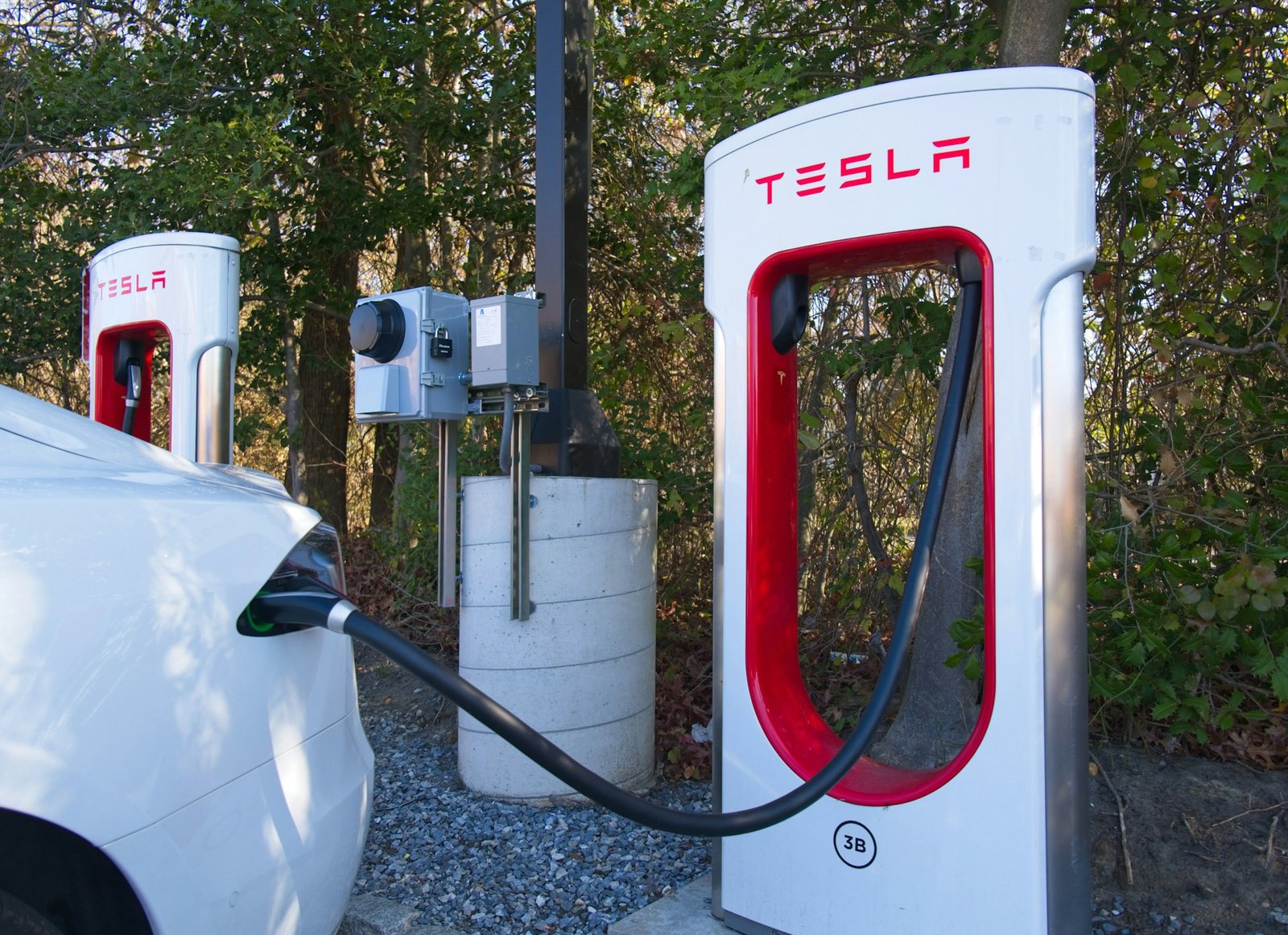Rapid growth in fast EV charging stations in the US
With a fast EV charging station for every 15 gas stations, the US now has over 9,800 electric vehicle charging stations across the country.

Image by Ernie Journeys
Fueled by a $5 billion National Electric Vehicle Infrastructure funding program by the Biden Administration to implement a network of EV charging stations, 600 brand new fast charging stations have been declared opened across the country, reaching areas with less or no charging infrastructure such as Kahului Park and Ride on Maui.
This program was launched by the US government to address challenges in EV adaptations caused by mileage concerns and the lack of charging stations throughout the US road network. Thus, paving the way to achieving the nation’s decarbonisation and net zero targets.
The latest 600 charging stations bring the total number of EV charging locations in the US to over 9,800, a 7.6% increase compared to the number of charging stations available at the end of 2023. Tesla, the leading EV vehicle manufacturer in the US accounts for over 25% of these charging stations nationwide.
Speaking on the abundance of a vast network of electric vehicle charging stations, the Head of Electrification Consulting at Deloitte Chris Ahn said, “EV demand has slowed, but it hasn’t stopped, [there] aren’t a ton of charging deserts left. A lot of location problems have been solved.”
Further driving the growth of EV adoption and the EV ecosystem, the National Renewable Energy Laboratory estimates that the value of the public EV charging economy in the US will increase up to $127 billion by 2030.
Map of Current EV Charging Stations in the US

Image by Bloomberg
Source: US Department of Energy
Speaking on this growth, Philipp Kampshoff, a Senior Partner at McKinsey’s leading the Center for Future Mobility said, “We are getting closer to where a lot of these charging stations actually turn profitable. Now, you have a sort of line of sight and then obviously it makes sense to scale further.”
Capturing a smaller chunk of this growth is also nationwide and local retailers who are looking to increase their cash flow by providing an opportunity for customers to charge their electric vehicles as they go on with shopping and snacking needs. 10 stations have already been opened at Buc-ee’s convenience stores and 9 at Wawas.
However, with all the growth happening around the EV ecosystem, automakers are now facing a decreasing demand for electric vehicles within the first quarter of 2024 compared to the growth achieved in 2023. According to analysts, this is part of the adoption curve as it’s time for mainstream buyers to now become an EV owner after the end of the growth fueled by the early adopters.



